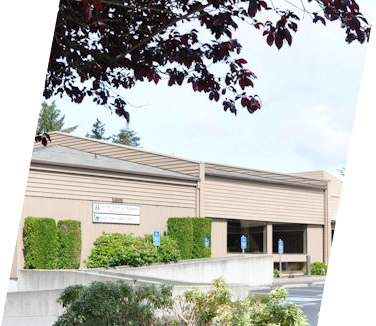Spinal Problems
Herniated Disc
Disc herniation, often referred to as a “slipped” or “ruptured” disc, is a common cause of low back, neck, and even arm or leg pain. The most frequently affected area of the spinal column is the lower back (the lumbar section of the spine), but any disc in the vertebral column can rupture.
Vertebral discs are the shock-absorbing, protective discs found between the bones of the spinal column (vertebrae). These discs are made up of a strong outer shell of cartilage encasing an inner gel-like substance. Although they do not actually “slip,” they may rupture or split, allowing the inner gel-like material to escape into the surrounding tissues. This puts pressure on nearby spinal nerves, which are very sensitive to even the slightest of pressure. Nerve irritation then results in pain, numbness, or weakness in the back and can radiate to one or both legs or arms.
Disc Degeneration
Disc degeneration and loss of elasticity due to aging are one of the most common causes of herniation, although improper lifting, excessive back strain, and repetitive injury to the back area make the discs weaker and more vulnerable to injury. Because the nerves of the spine exit at every level of the spinal column, symptoms may be felt along the length of the nerve that is affected (e.g., down the length of the leg). The pain that radiates from the herniation can range from mild to severe and can be associated with numbness, tingling, or weakness. Pain may be worsened by movement, straining, coughing, or with leg raises.

